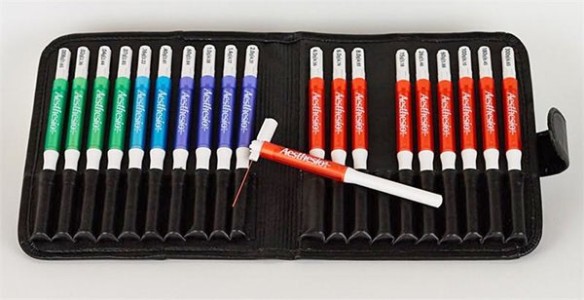Authors
F Nishida, CN Zanuzzi, MS Sisti, E Falomir Lockhart et al
Lab
Facultad de Ciencias Veterinarias, Universidad Nacional de La Plata, La Plata, Argentina.
Journal
European Journal of Neuroscience
Abstract
Development of alternative therapies for treating functional deficits after different neurological damages is a challenge in neuroscience. Insulin_like growth factor_1 (IGF_1) is a potent neurotrophic factor exerting neuroprotective actions in brain and spinal cord. It is used to prevent or treat injuries of the central nervous system using different administration routes in different animal models. In this study, we evaluated whether intracisternal (IC) route for IGF_1 gene therapy may abrogate or at least reduce the structural and behavioral damages induced by the intraparenchymal injection of kainic acid (KA) into the rat spinal cord. Experimental (Rad_IGF_1) and control (Rad_DsRed_KA) rats were evaluated using a battery of motor and sensory tests before the injection of the recombinant adenovector (day _3), before KA injection (day 0) and at every post_injection (pi) time point (days 1, 2, 3 and 7 pi). Histopathological changes and neuronal and glial counting were assessed. Pretreatment using IC delivery of RAd_IGF_1 improved animal's general condition and motor and sensory functions as compared to Rad_DsRed_KA_injected rats. Besides, IC Rad_IGF_1 therapy abrogated later spinal cord damage and reduced the glial response induced by KA as observed in Rad_DsRed_KA rats. We conclude that the IC route for delivering RAd_IGF_1 prevents KA_induced excitotoxicity in the spinal cord.
Source :

 Douleur - Allodynie/Hyperalgésie Thermique
Douleur - Allodynie/Hyperalgésie Thermique Douleur - Spontanée - Déficit de Posture
Douleur - Spontanée - Déficit de Posture Douleur - Allodynie/Hyperalgésie Mécanique
Douleur - Allodynie/Hyperalgésie Mécanique Apprentissage/Mémoire - Attention - Addiction
Apprentissage/Mémoire - Attention - Addiction Physiologie & Recherche Respiratoire
Physiologie & Recherche Respiratoire




































 Douleur
Douleur Système Nerveux Central (SNC)
Système Nerveux Central (SNC)  Neurodégénérescence
Neurodégénérescence Système sensoriel
Système sensoriel Système moteur
Système moteur Troubles de l'humeur
Troubles de l'humeur Autres pathologies
Autres pathologies Système musculaire
Système musculaire Articulations
Articulations Métabolisme
Métabolisme Thématiques transversales
Thématiques transversales Congrès & Meetings
Congrès & Meetings 